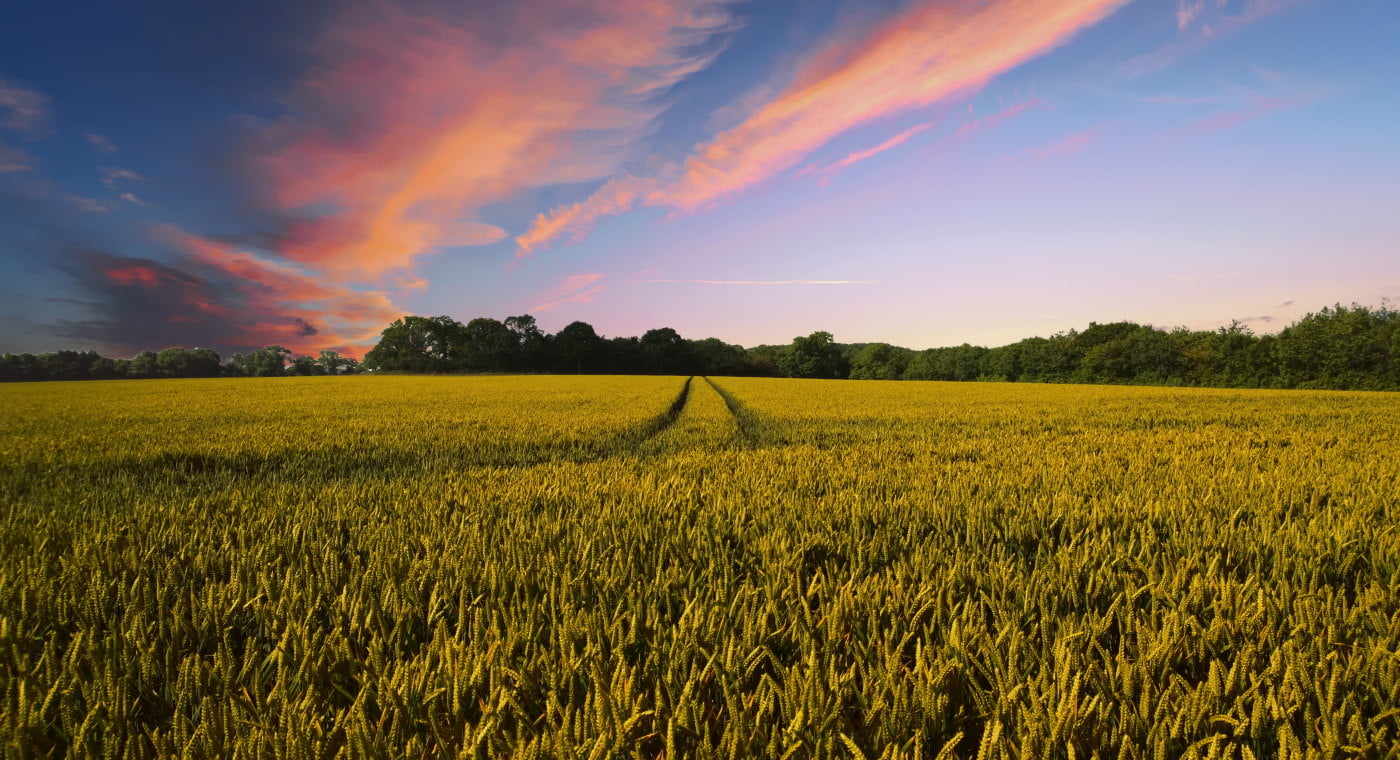Agriculture accounts for massive carbon emissions and biodiversity loss, but it does not need to be this way. Simply by relocating production from certain areas to others we could not only maximise yields but also minimise environmental impacts. The benefits of doing so would include much fewer carbon emissions, increased biodiversity and less freshwater use.
This is according to scientists at the University of Cambridge who who have developed a mathematical model to examine where agricultural lands for growing 25 major crops worldwide should ideally be placed so as to achieve the lowest possible environmental impacts.
Based on their findings they have drawn up a new global map of intensive agriculture in which they propose setting up new farming areas for major crops in the mid-western US and below the Sahara desert while at the same time restoring huge areas of farmland in Europe and India to natural habitats.
This shift could cut the global carbon emissions of crop production by 71% by allowing plenty of land currently in use to revert to a natural forested state. “This is the equivalent of capturing twenty years’ worth of our current net CO2 emissions. Trees capture carbon as they grow, and also enable more carbon to be captured by the soil than when crops are grown in it,” the scientists explain.
Just as importantly, the impacts of crop production on biodiversity worldwide would shrink by 87%, thereby giving many endangered species plenty of extra spaces.
The dependence of agricultural production on freshwater, which currently stands at around 70% of global freshwater use, would likewise shrink drastically because crops woud be grown in places where rainfall already provides all the water they need to grow without the need for irrigation.
Does all this sound too good to be true? It should not, say the scientists.
“In many places, cropland has replaced natural habitat that contained a lot of carbon and biodiversity — and crops don’t even grow very well there. If we let these places regenerate, and moved production to better suited areas, we would see environmental benefits very quickly,” explains Robert Beyer, a former researcher at the University of Cambridge’s Department of Zoology who now works at the Potsdam Institute for Climate Impact Research in Germany.
On the downside, relocating all croplands globally to more ideal locations is hardly feasible, Beyer concedes. “It’s currently not realistic to implement this whole redesign,” he says. “But even if we only relocated a fraction of the world’s cropland, focusing on the places that are least efficient for growing crops, the environmental benefits would be tremendous.”
One reason the scientists’ models could and should inform policies is that they highlight agricultural areas that are highly unproductive but could be turned into hotspots for biodiversity and carbon storage. This would be a case even if only some of the croplands were relocated.
“Taking a pared-back approach and only redistributing croplands within national borders, rather than globally, would still result in significant benefits: global carbon impact would be reduced by 59% and biodiversity impact would be 77% lower than at present,” the experts stress.
“A third, even more realistic option of only relocating the worst-offending 25% of croplands nationally would result in half of the benefits of optimally moving all croplands,” they add.
Importantly, the optimal distribution of croplands will stay largely unchanged until the end of the century even in the face of ongoing climate change. “Optimal cropping locations are no moving target. Areas where environmental footprints would be low, and crop yields high, for the current climate will largely remain optimal in the future,” notes Prof. Andrea Manica, a scientist at the University of Cambridge.
When it comes to the social, economic and human factors of relocating croplands, the scientists propose providing financial incentives to farmers to encourage them to grow crops in locations better suited to these crops so as to reduce environmental impacts.
“The model has generated alternative global distribution maps depending on the way the land is farmed — ranging from advanced, fully mechanised production with high-yielding crop varieties and optimum fertiliser and pesticide application, through to traditional subsistence-based organic farming. Even redistribution of less intensive farming practices to optimal locations would substantially reduce their carbon and biodiversity impacts,” the scientists explain.
Many of the alternative scenarios proposed by other scientists with the aim of reducing the environmental impacts of agriculture have targeted current western diets. However, such initiatives may well be bound to fail, the scientists behind the University of Cambridge study say.
“While other studies show that if we moved towards more plant-based diets we could significantly reduce the environmental impacts of agriculture,” they observe, “in reality diets aren’t changing quickly.”
That is why we should strive to produce the same food we eat today but do so in more optimal ways, they add.
This article by Daniel T Cross was originally published by Sustainability Times, and is republished under a Creative Commons license.
